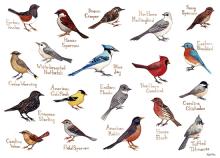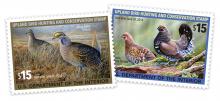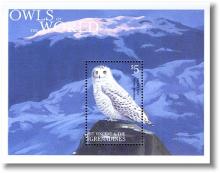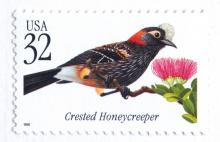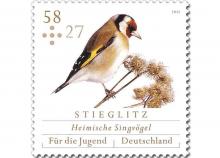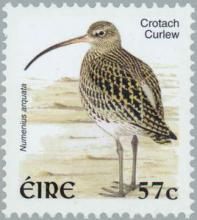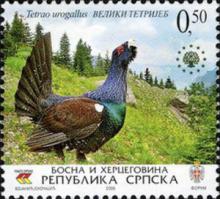
Een inventarisatie van meer dan vijfvoudige normoverschrijdingen van het neonicotinoïde insecticide imidacloprid in het oppervlaktewater in 2014 bevestigt het treurige beeld van bezoedeling van het Nederlandse cultuurlandschap met een voor insecten uitzonderlijk giftige stof dat al sinds 2004 heeft plaats gevonden en een bepalende rol speelt bij de verhoogde bijenvolksterfte. De imidacloprid concentraties in het oppervlaktewater correleren eveneens met achteruitgang van insectivore vogelsoorten, die zich door insectenschaarste niet kunnen voortplanten. Een waterschap is een overheidsorganisatie, net zoals de Rijksoverheid, de provincies en de gemeenten, belast met watersysteembeheer (dit gaat over de kwantiteit, kering en waterkwaliteit) en zuiveringsbeheer (zuivering van afvalwater). Er is bijna geen waterschap in Nederland dat niet met imidacloprid verontreiniging te kampen heeft, maar er wordt nog steeds niet ingegrepen. Navolgend het aantal locaties met meer dan vijfvoudige normoverschrijdingen per waterschap. Wetterskip Fryslan: 2; Waterschap Hunze en Aa's: 2; Waterschap Vechtstromen: 1; Waterschap Zuiderzeeland: 1; Waterschap Rivierenland: 4; Hoogheemraadschap De Stichtse Rijnlanden: 3; Waterschap Brabantse Delta:3; Waterschap Roer en Overmaas: 2; Waterschap De Dommel: 1; Waterschap Scheldestromen: 4; Hoogheemraadschap Hollands Noorderkwartier: 5; Hoogheemraadschap Amstel Gooi en Vecht: 1; Hoogheemraadschap van Delfland: > 5; Hoogheemraadschap van Rijnland: > 5. De situatie in de provincie Zuid-Holland is ronduit dramatisch.


